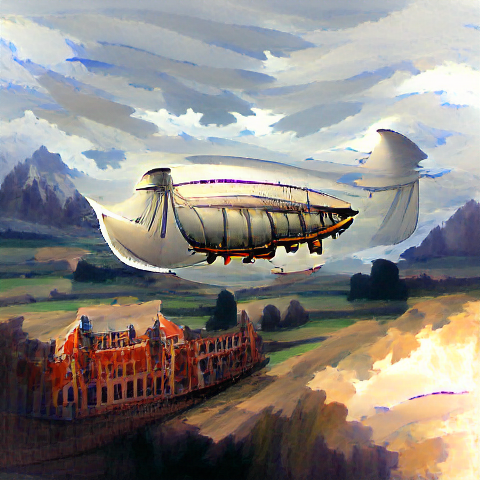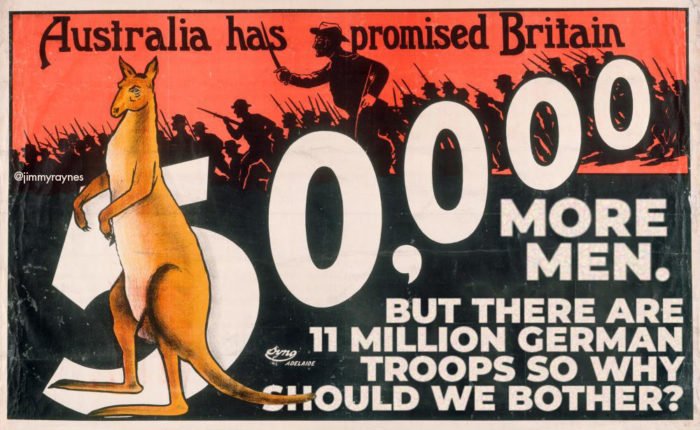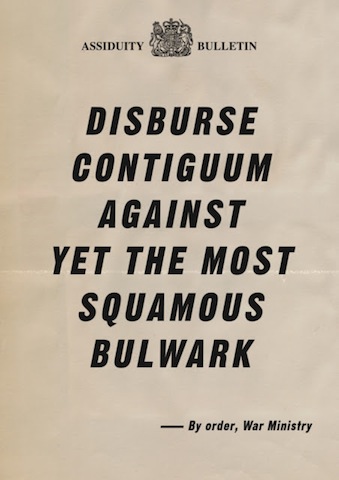Why I’m voting for the Voice #yes23
On 14 October, Australians will be voting in a referendum on the following question: A Proposed Law: to alter the Constitution to recognise the First Peoples of Australia by establishing an Aboriginal and Torres Strait Islander Voice. Do you approve this proposed alteration? The proposed alteration is: I’ll be voting yes. Here’s why.









